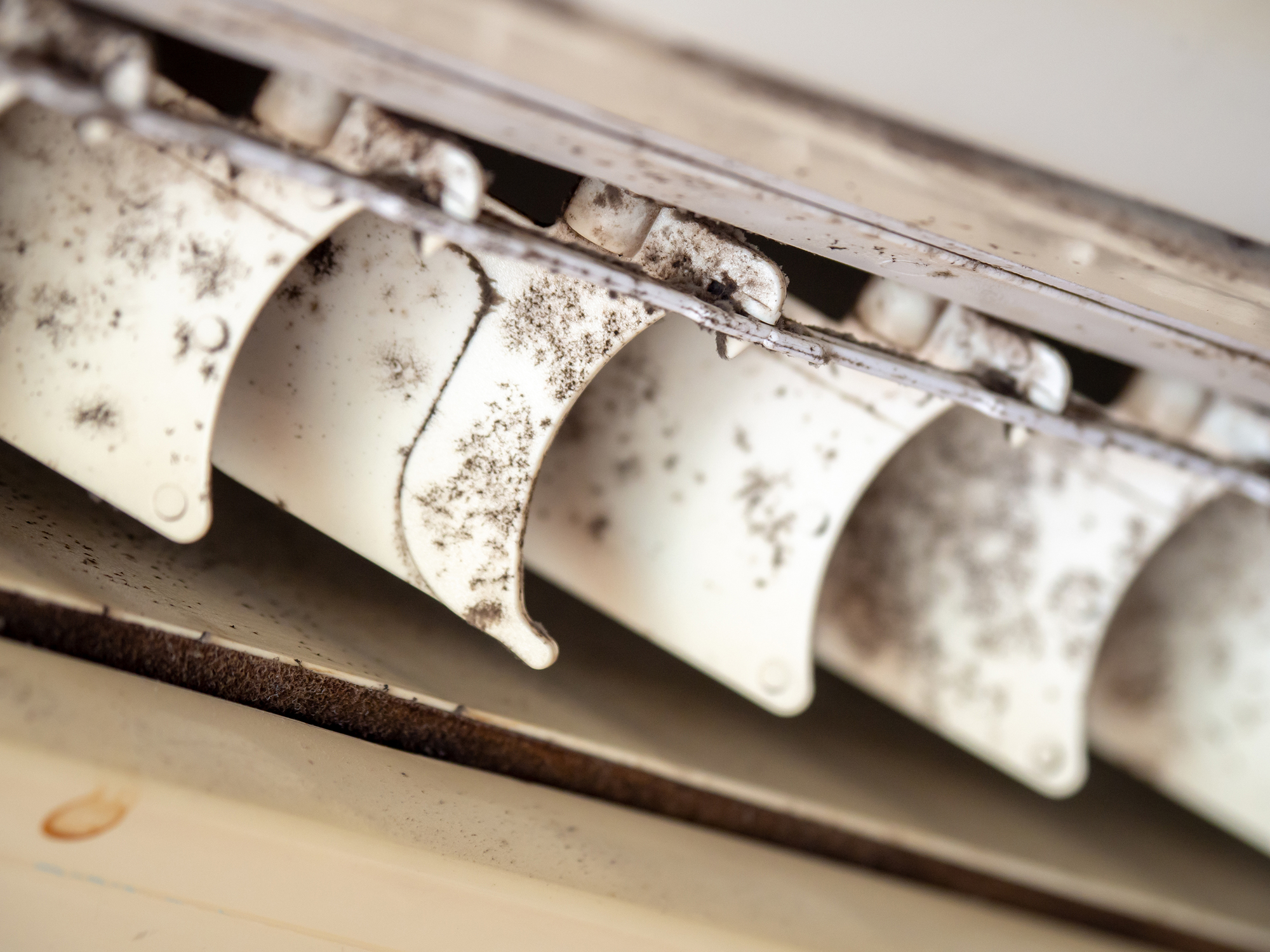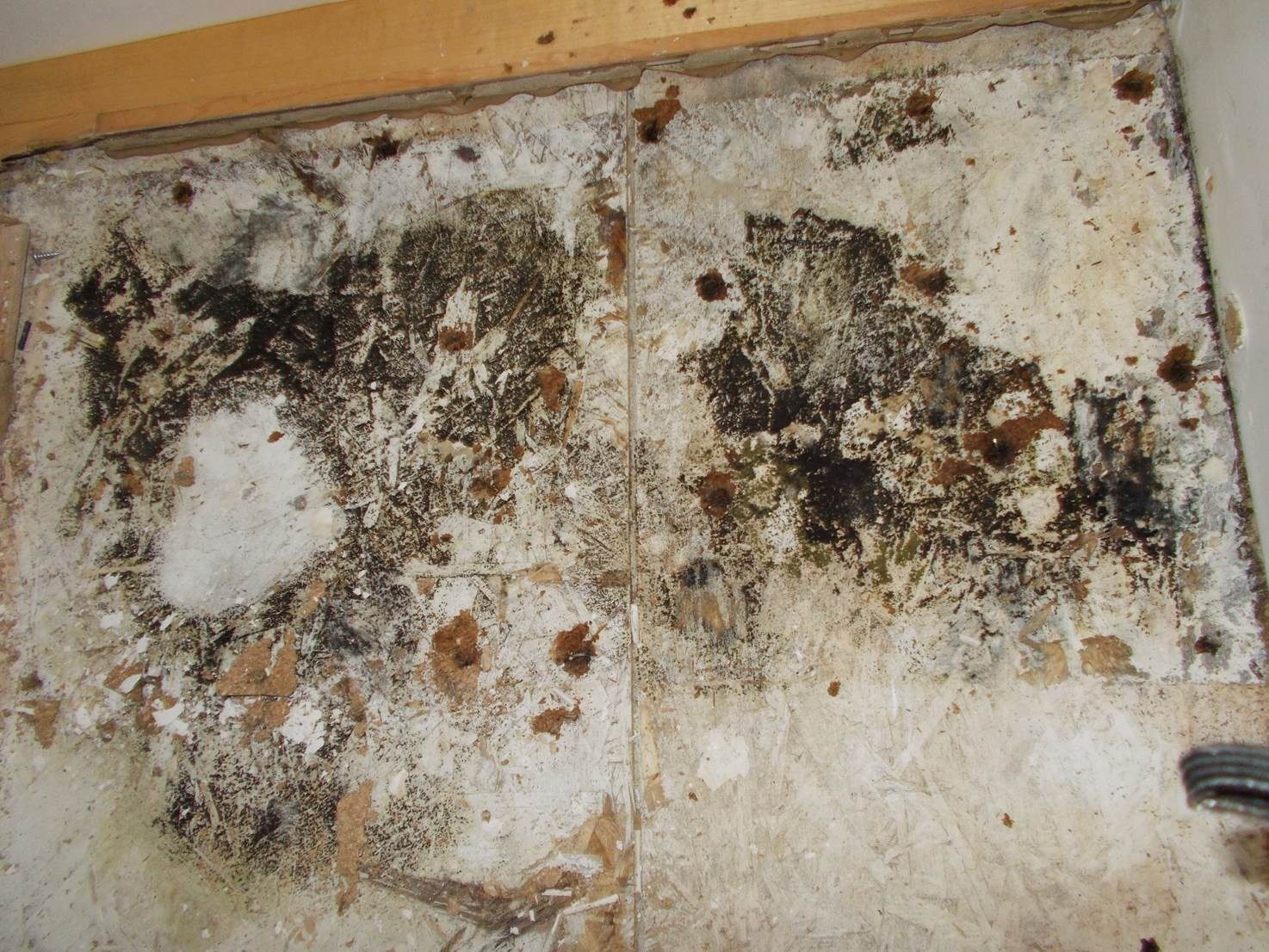Can Mold Grow In Heating Ducts

Yes but it is uncommon it is possible for mold to start growing in the ducts of your air conditioner.
Can mold grow in heating ducts. Moisture and warm temperatures. Do you have visual evidence of mold in your ducts. Mold can be killed with a mixture of one cup of bleach per gallon of water but chances are good that you won t be able to reach the mold deep inside the duct work of the home. A warm humid environment has the ideal conditions for mold to form.
It won t hurt anything but if you take away the moisture from condensation mold cannot grow. Examine the insulation around your air ducts. Since ductwork circulates air throughout your home mold growth located in the ducts or around the entrances to the ducts could mean your family will be breathing unhealthy air. Unless you find out precisely what is responsible for the growth in the first place you might find yourself fighting a losing battle.
Removing black mold in air ducts. Mold problems in hvac systems and subsequent air ducts occur due to humidity and water accumulation in the system. A humid climate along with poor ventilation or anything that traps moisture in your walls and causes condensation can lead to mold in air ducts. Otherwise you could end up wasting a lot of time and money in the removal process.
If you can see or smell evidence of mold you can probably skip having it tested and go straight to remediating it. Dear clint mold can certainly grow in air ducts but air duct cleaning professionals i ve spoken with say it s very uncommon. It can be hard to see even if you try to look in your heating ducts since only a small portion of the duct work in your home can be seen without special equipment. True we have more issues with it than some other parts of the country but an air conditioner that is functioning properly should not create an attractive home for mold.
Contact a certified mold inspector to confirm the substance is black mold. However it is not an overly common problem. We describe the types genera species of mold most often found in hvac ducts and the relationship between mold in ductwork and indoor air quality complaints by building occupants. Mold can grow unseen in heating ducts for a long time before you ever realize it s there.
Some experts recommend using ozone but the cdc and other agencies have warned that this method of removing mold can be damaging to the respiratory system. Mold may grow at extensive or problematic levels in some building insulation materials used in walls floors ceilings as well as in hvac air duct systems. However indoor mold growth can be dangerous especially when it is located in your hvac system s ductwork coils and drip pans. Even if you suspect you have mold in your home and look for it you might miss mold in your heating ducts.
The diy solutions are only suitable for minor mold problems. If the black mold in your air vents has spread to the insulation it will need to be replaced.







-(1).jpg)






































